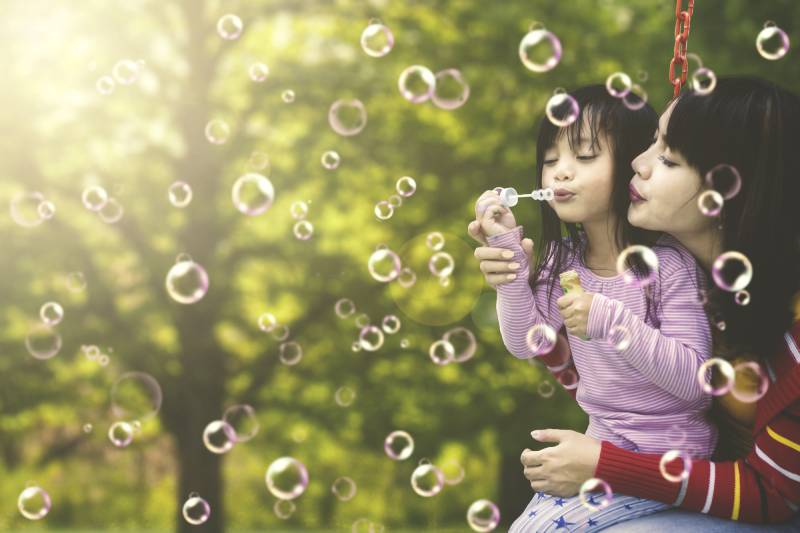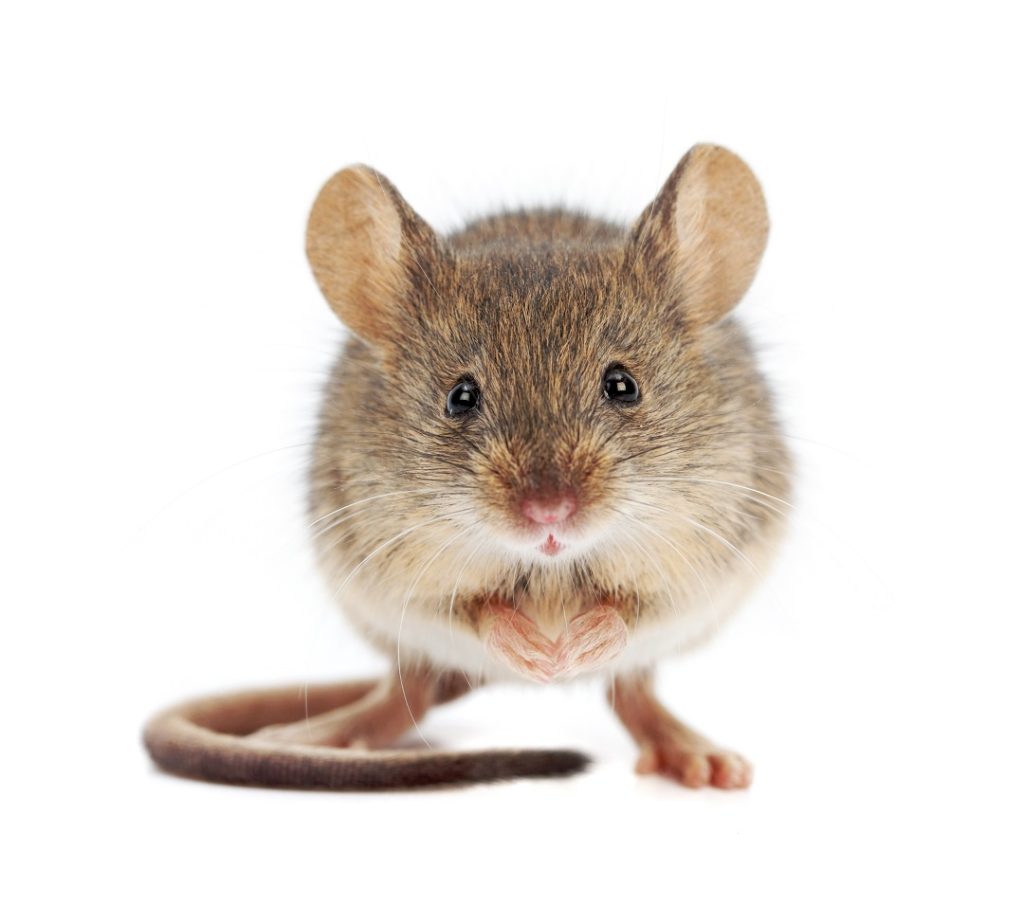
Your home should be your sanctuary, but all too often, toxic household chemicals can find their way into that space. From the personal care products you use to the ways you clean the bathroom and kitchen, you could be exposing you and your family to dangerous household chemicals, often without even realizing it.
The good news? With a bit of awareness and some deliberate purchasing decisions, you can drastically reduce your exposure.
Tip #1: Whenever Possible, Ditch Plastic
One of the most common sources of harmful household chemicals is plastic. From plastic water bottles to plastic food containers, so many items designed to hold our food and drink products contain bisphenol A, more commonly known as BPA. Especially when plastics with this chemical are exposed to heat (think the microwave or the dishwasher’s sanitation setting), the plastic degrades more quickly, causing the chemical to more readily leach into what we eat and drink.
If the option is available, always choose glass or metal instead of plastic. These materials are safer for you and more sustainable for the environment.
Tip #2: Skip To-Go Containers
Polystyrene is another common offender that can contain a slew of unpronounceable and dangerous chemicals. Whether it’s a one-use cup for your morning coffee or a to-go box for some leftovers, products with polystyrene can leach chemicals into your food and, subsequently, into your body. Just as plastic leaches more readily when exposed to heat, the same is true of polystyrene. So, that steaming cup of coffee or tea could be introducing lots of unwanted chemicals into your body every morning.
For takeaway leftovers and your daily cup of joe, go reusable. A metal travel mug, for example, is a chemical-free option, and it also keeps one-use products out of the landfill.
Tip #3: Rethink Your Personal Hygiene Routine
From shampoos and lotions to deodorants and cosmetics, the products we routinely put on our bodies and in our hair can contain some pretty nasty chemicals. Always make sure to read labels carefully, and avoid anything that uses parabens, oxybenzone, or sodium laureth sulfate. Items with added fragrances are particularly likely to use chemicals, so even though that hand lotion smells great, it’s very likely a synthetically created scent.
As people become more conscious of avoiding these chemicals, an increasing number of companies are creating chemical-free, organic personal hygiene products. Do your research to find the companies that operate honestly and create safe products you love.
Bonus Tip: When it comes to laundry soap, make sure the product is “fragrance free.” That’s different than “unscented,” which can often still contain harmful chemicals.
Tip #4: Make Your Own Cleaning Supplies
It might sound like a daunting task, but it’s actually quite simple to make your own chemical-free cleaning supplies. As an added bonus, it usually involves products you’ve already got lying around the house, making this a quick, easy, cheap, fun, and safe alternative to caustic store-bought cleaners.
For many surfaces and everyday messes, baking soda, vinegar, and lemon juice are all effective, safe cleaners. Missing the lovely scent of store-bought cleaning supplies? Try adding a few drops of essential oils. Lemon, orange, and other citrus oils are great options for freshening up kitchens and bathrooms.
Looking for a way to include the whole family? Making these products with your kids is a great way to teach them about reducing toxic household chemicals.
Tip #5: Ditch Quats
Disinfectant products, such as antibacterial soap and hand sanitizers, contain chemicals known as quaternary ammonium compounds (quats). While people think they’re investing in the safety of their families by opting for antibacterial products, quats can be skin irritants, and they’ve even been linked to asthma problems and fertility issues. Overuse of quats in the general population is also thought to contribute to antibacterial-resistant “superbugs.”
Read soap labels carefully to ensure these chemicals don’t make their way into your household.
Tip #6: Watch the Temp When Cooking
When it comes to nonstick cookware, Teflon is a household name, but not many people know about its potential dangers. When using pots and pans coated in Teflon, don’t heat them beyond 450 degrees (Fahrenheit). At that temperature, Teflon releases perfluorooctanoic acid (PFOA), which has links to cancer and other forms of developmental harm.
While PFOA usually only appears in Teflon in trace or residual amounts, it’s still a good idea to opt for safer alternatives at extreme temperatures. Options include cast iron or stainless steel.
Tip #7: Freshen the Air Naturally
Synthetic air fresheners and sprays meant to mask or to eliminate airborne odors all needlessly introduce chemicals into the household. Rather than reaching for that aerosol can the next time your house smells less than ideal, try these chemical-free alternatives for keeping your home’s air as fresh as possible:
- Wash linens and fabric surfaces frequently. (This includes sheets, towels, blankets, and washable seat cushions.) Odors can easily become trapped here, leading to a musty, stale, or unpleasant smell.
- Open the windows. Nothing freshens a home quite like a good dose of fresh air.
- Put out fresh-cut flowers. The pleasant natural scent is chemical free and lovely!
- Use an aromatherapy diffuser. Essential oils are a great, chemical-free way to eliminate poor indoor air quality.
Tip #8: Check Your Thermometer
Older-style thermometers used mercury to indicate the temperature, but mercury is a highly dangerous substance. Today, many electronic alternatives to mercury fever thermometers are available, so you don’t have to worry about inadvertent exposure to you or your family if the thermometer breaks or leaks.
If you’re still using one of these older thermometers and want to upgrade, make sure to check your local hazardous waste removal regulations. To avoid introducing mercury into the environment at large, these products can’t simply be thrown in the trash.
Beyond the thermometer, avoid anything with mercury-containing preservatives, including thimerosal, which can appear in some eye drops, nasal sprays, and contact lens solutions.
Tip #9: Skip the Bleach
Bleach is one of those harmful household chemicals that everyone seems to know is bad, but people still routinely use anyway. It’s particularly prevalent in products designed to clean laundry, which is all the worse because this leads to direct skin contact through the bleach-cleaned clothing.
If you absolutely need the whitening effects of bleach, opt for a chlorine-free version. These oxygen-based bleaches avoid the harmful chlorine while still being highly effective. For milder stains, household items like hydrogen peroxide and lemon juice combined with sun exposure can work wonders!
Tip #10: Stop Pests before They Become Pests
One common way people introduce household chemicals is by trying to eliminate mice, rodents, insects, and other pests within the house. The chemical pesticides used to control these nuisances can be extremely toxic, and they definitely aren’t something you want you or your family, especially young children, exposed to in any amount.
The best way to avoid using these chemicals is by doing everything you can to avoid pests in the first place.
- Keep all food in secure containers. Use screw-cap lids, sealable bags, and tightly fitting lids to avoid enticing unwanted diners!
- Caulk or otherwise block any holes or small entrances to the home where pests could find their way in.
- To minimize insect woes, keep window screens in good repair, or install screens on any windows that don’t have them.
- Use door sweeps at the base of doors. It’ll help keep critters out, and as an added bonus, it’ll keep the house warmer and less drafty during cold months.
 Your home should be a place where you and your family feel comfortable, and knowing you’ve done everything possible to eliminate dangerous household chemicals is one simple way to make your abode as safe, secure, and inviting as possible.
Your home should be a place where you and your family feel comfortable, and knowing you’ve done everything possible to eliminate dangerous household chemicals is one simple way to make your abode as safe, secure, and inviting as possible.
If you’re currently looking to upgrade your home or you’re thinking about relocating for any reason, don’t hesitate to reach out to us today. We’re committed to helping people find houses they can turn into the safety and security of “home!”














